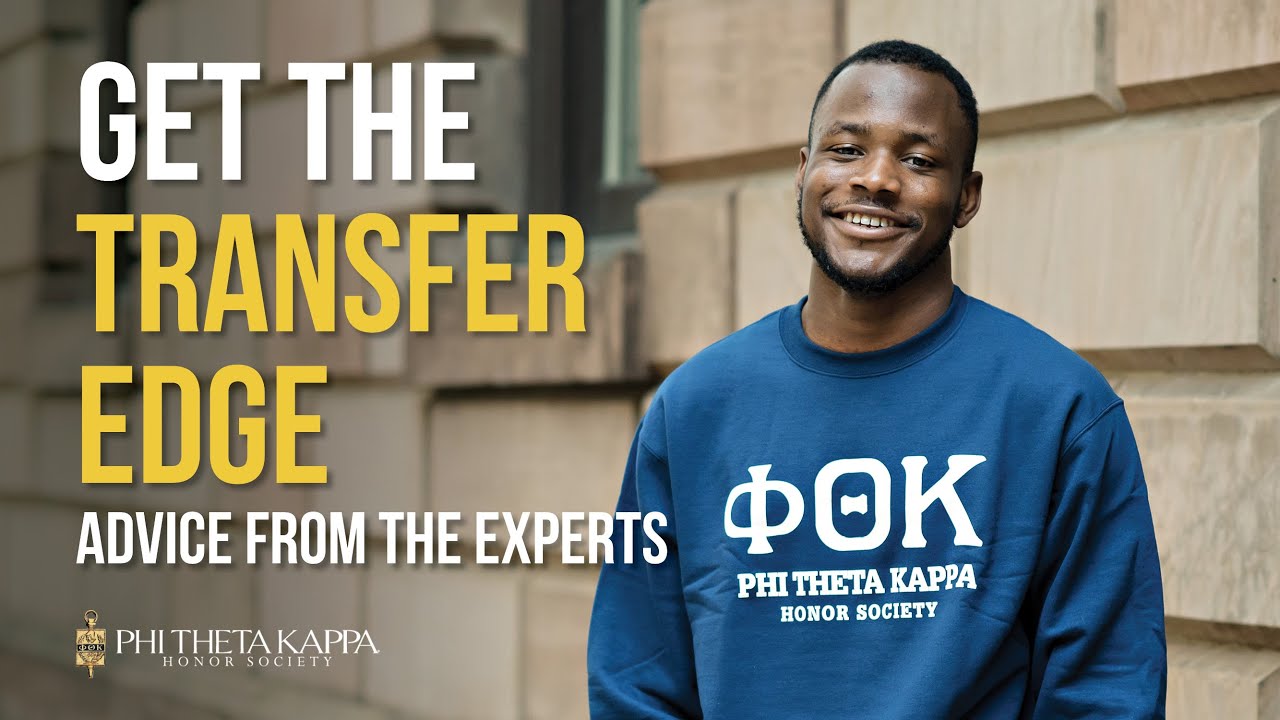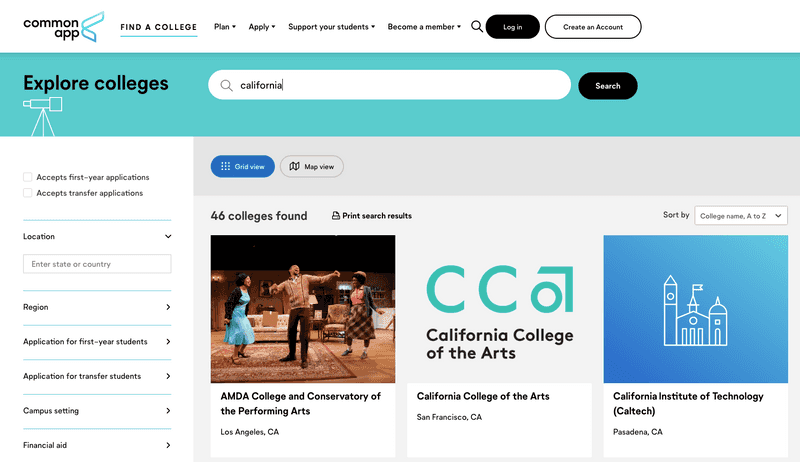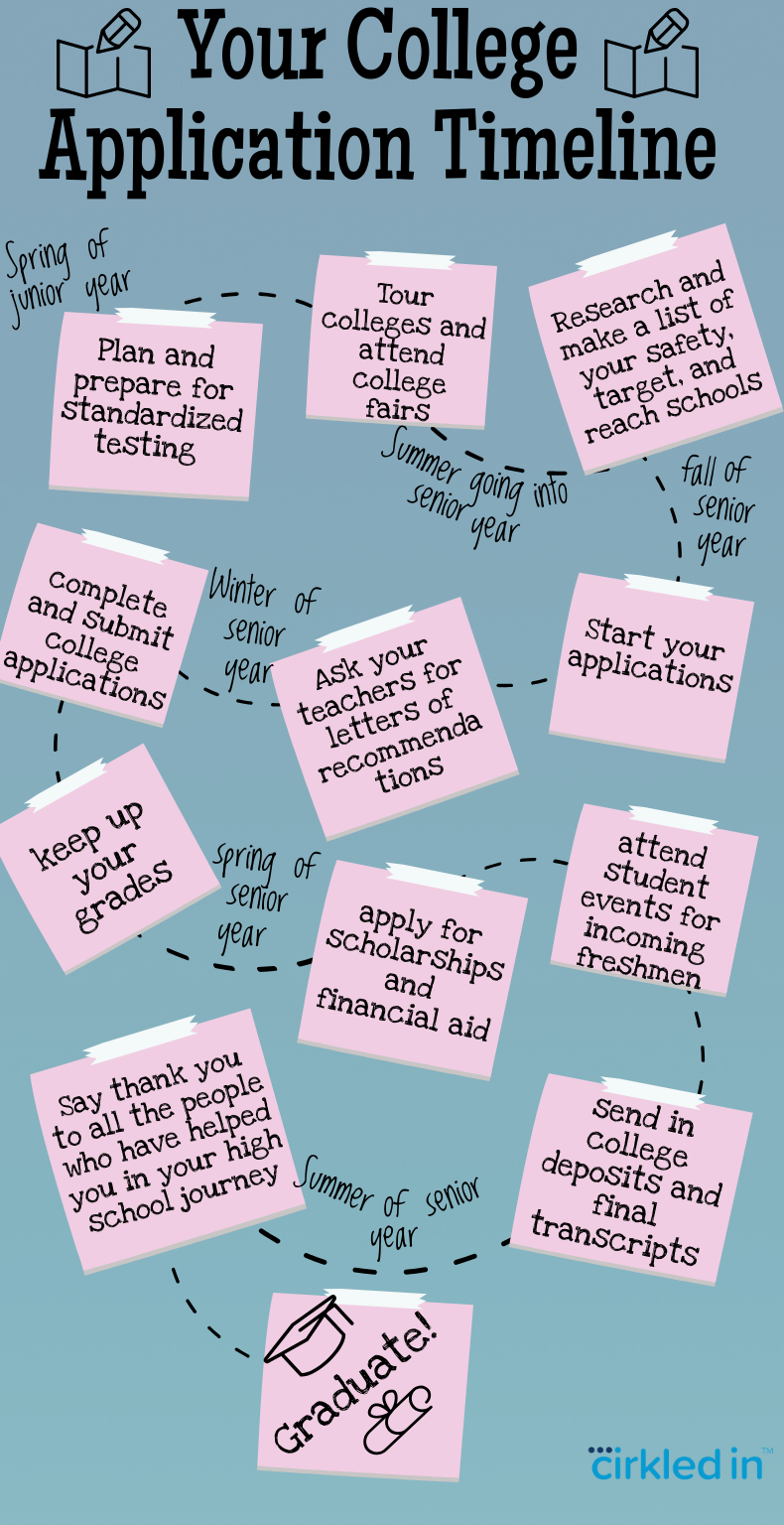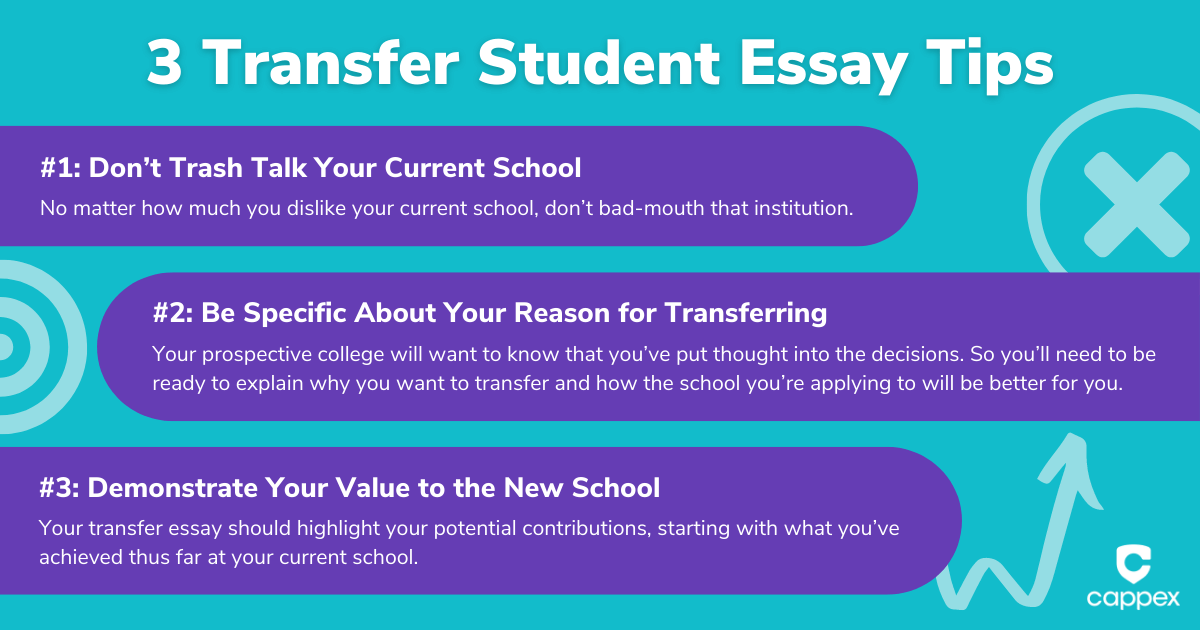Key Takeaways
- Understand the format and intention behind a Stanford interview to set the right expectations.
- Make a memorable first impression by being punctual, presentable, and prepared.
- Thorough research about Stanford will help tailor your responses and show genuine interest.
- Use storytelling to connect your experiences and achievements to what Stanford values.
- Prepare insightful questions for your interviewer to demonstrate curiosity and engagement.

“I interview Stanford applicants, but I …” from stanforddaily.com and used with no modifications.
Jumpstart Your Stanford Journey
Let’s dive right in. You’re here because you’ve got your sights set on Stanford, and you’re gearing up for the interview. This isn’t just any conversation; it’s a gateway to your future. But don’t sweat it. I’m here to guide you through the ins and outs of acing your Stanford interview. With the right approach, you’ll walk away from your interview with confidence, knowing you’ve left a lasting impression.
What to Expect in a Stanford Interview
First things first, let’s talk about what you’re walking into. A Stanford interview is a chance for the admissions team to see the person behind the application. They’re curious about who you are, what drives you, and how you fit into the Stanford community. Typically, you’ll be chatting with an alumnus who’s keen to share their love for the university and learn about your aspirations. It’s a two-way street, so while they get to know you, you’ll also have the opportunity to learn more about the school from someone who’s lived it.
First Impressions Count
When it comes to interviews, you never get a second chance to make a first impression. Here’s how to nail it:
- Be on time: Showing up early is showing up on time. Plan to be ready at least ten minutes before your scheduled interview.
- Dress appropriately: You don’t need a full suit, but aim for smart-casual. Think “classroom presentation” attire.
- Set the scene: If it’s a virtual interview, find a quiet, well-lit space. Test your tech beforehand to avoid any hiccups.
Remember, the goal is to start the interview on the right foot, signaling that you’re serious about this opportunity.
Connect Your Experiences to Stanford
It’s not just about what you’ve done, but how what you’ve done aligns with what Stanford stands for. Think about your experiences and how they reflect qualities like innovation, community involvement, and intellectual vitality. Your stories should paint a picture of you not just as a student, but as a potential Stanford student.
For example, if you led a community service project, don’t just share that you managed a team; highlight how you embraced creative problem-solving or inspired others to get involved, mirroring Stanford’s collaborative culture.
Moreover, consider how your experiences have shaped your perspective and future goals. Stanford is looking for students who are not only academically excellent but also eager to make an impact. So, if you’ve started a recycling initiative at your school, talk about how this reflects your passion for sustainability and how you plan to continue this endeavor at Stanford.
Remember, the goal is to leave the interviewer with a clear understanding of who you are, what you care about, and how you would contribute to the Stanford community.
Strategic Preparation is Key
Now, let’s get strategic. Preparation goes beyond knowing your own story. It’s about anticipating questions, practicing your delivery, and being able to adapt on the fly. The more you prepare, the more comfortable you’ll feel, and the better you’ll perform.
Start by reviewing common interview questions and consider how they might relate to your own experiences. Then, practice your answers out loud. It’s one thing to have thoughts in your head, but another to articulate them clearly and confidently.
Crafting Your Responses
When you’re crafting your responses, structure them to be clear and concise. Aim to tell a story with a beginning, middle, and end. Start with the situation, describe the action you took, and end with the result or what you learned. This method keeps your answers engaging and easy to follow.
Handling the Unexpected
Sometimes, you’ll get a curveball question. If that happens, take a deep breath and give yourself a moment to think. It’s perfectly fine to say, “That’s a great question; let me think for a second.” Use this time to quickly organize your thoughts and then proceed with your answer. Interviewers appreciate a thoughtful response.
Delve into the Stanford Spirit
What makes Stanford special to you? That’s what your interviewer is trying to find out. Show them that you’re not just looking for any top university—you’re drawn to what’s unique about Stanford. Whether it’s the interdisciplinary programs, the entrepreneurial atmosphere, or the commitment to social impact, let your genuine interest shine through.
Show Genuine Interest
Showing genuine interest in Stanford means going beyond the surface level. It’s about understanding the university’s values and how they resonate with your own. Discuss specific programs, initiatives, or aspects of campus life that excite you, and explain why. This demonstrates that you’ve done your homework and are truly invested in the idea of being there.
Questions That Showcase Insight
Consider asking questions like, “How do Stanford’s academic resources support undergraduate research?” or “Can you share how the Stanford community fosters student innovation?” These types of questions reveal your deep interest and understanding of the university’s offerings.
Asking thoughtful questions not only provides you with valuable information but also shows the interviewer that you’re seriously considering how you would fit and thrive at Stanford.
And don’t forget to listen actively to your interviewer’s responses. The insights they share can be a goldmine of information and might even give you new reasons to want to attend Stanford.
Finally, ensure that the questions you ask are not easily answered by a quick look at the university’s website. Your questions should invite a more personal perspective or detailed information that reflects your specific interests and goals.
After the Interview
The interview might be over, but your work isn’t done yet. The steps you take after can leave a lasting impression.
Follow-Up with Finesse
Within 24 hours of your interview, send a thank-you email to your interviewer. Express gratitude for their time and mention something specific from the conversation that you found insightful or meaningful. This not only shows good manners but reinforces a positive image of you as a thoughtful and appreciative candidate.
Reflect on Your Performance
After the interview, take some time to reflect. Think about what went well and what could have gone better. If you felt stumped by any questions, consider how you might answer them in the future. This reflection will not only prepare you for potential future interviews but also help you gain self-awareness, a key quality for any aspiring Stanford student.
Reflecting on your performance is crucial for continuous improvement. Ask yourself questions like, “Did I communicate my points effectively?” or “How was my body language?” This self-assessment will help you improve for future interviews and interactions.
FAQs
Now, let’s address some frequently asked questions that might be on your mind as you prepare for your Stanford interview.
What Makes a Stanford Interview Unique?
Stanford interviews are unique because they are conducted by alumni who have experienced the university firsthand. This offers you a personal insight into the Stanford community and culture. Additionally, the interview is not just about assessing your fit for Stanford but also about helping you understand if Stanford is the right fit for you.
How Can I Convey My Interest in Stanford Authentically?
To convey your interest authentically, share personal stories that highlight your passions and how they align with Stanford’s values. Discuss specific programs or opportunities at Stanford that excite you and explain why. Authenticity comes from a genuine connection to your own experiences and aspirations.
What are Common Mistakes to Avoid in a Stanford Interview?
Common mistakes include not doing enough research on Stanford, giving rehearsed responses, and not engaging in the conversation. Avoid being late, underdressed, or unprepared to ask thoughtful questions. Remember, this is a dialogue, not an interrogation.
How Important is the Stanford Interview for My Admission?
The Stanford interview is an important part of your application process. It provides a platform for you to showcase your personality and fit for the university beyond your written application. While it’s not the sole deciding factor, it can certainly bolster your candidacy.
Can I Practice for My Stanford Interview with Someone?
Yes, practicing with someone can be very beneficial. Seek out a teacher, mentor, or friend who can provide constructive feedback. You can also reach out to interview coaches or use online resources designed to simulate the interview experience.




